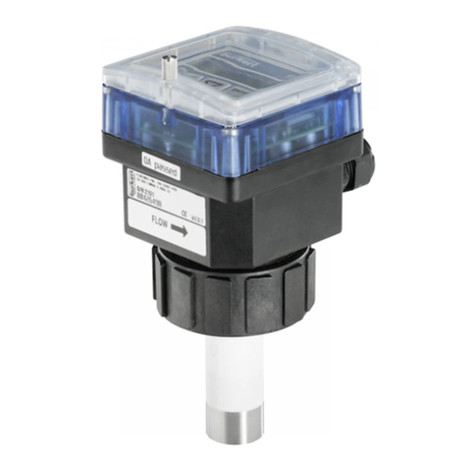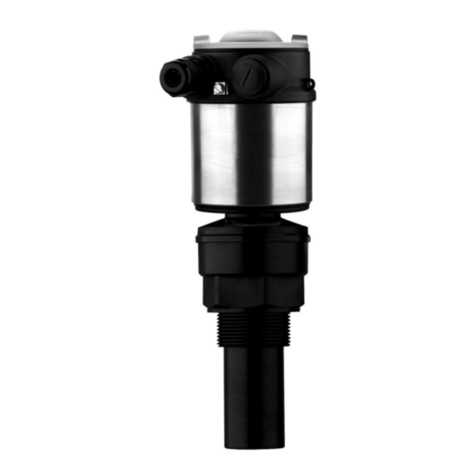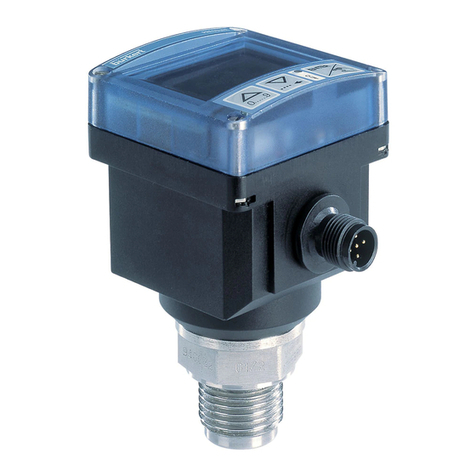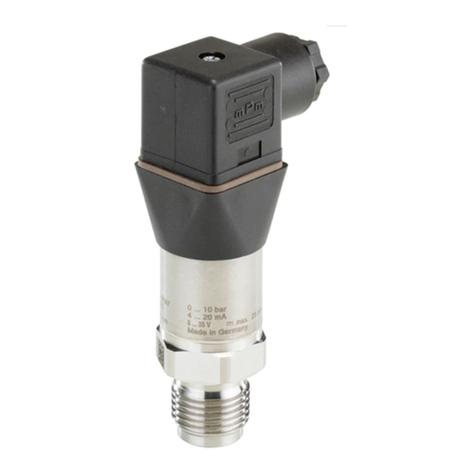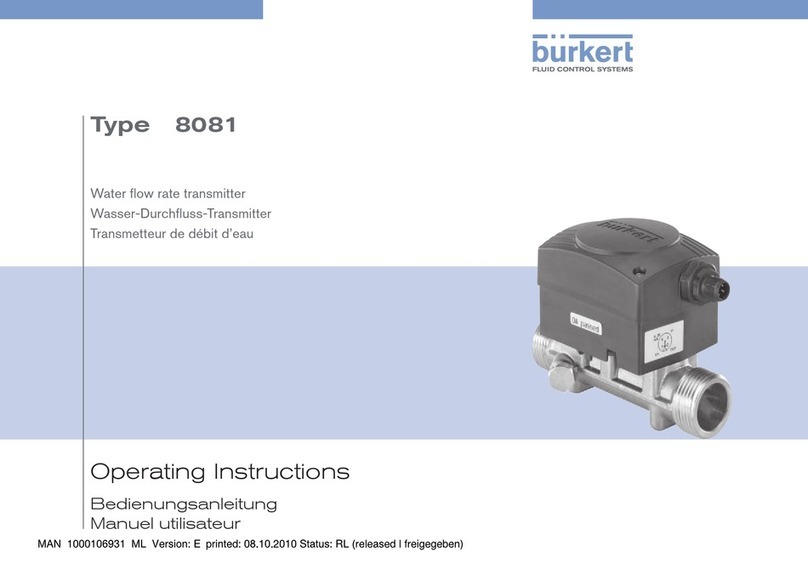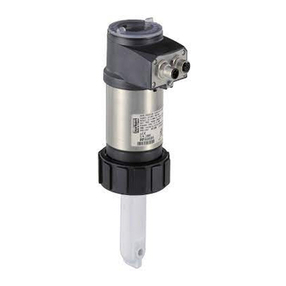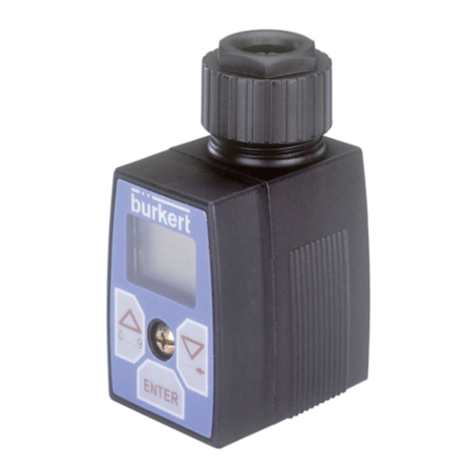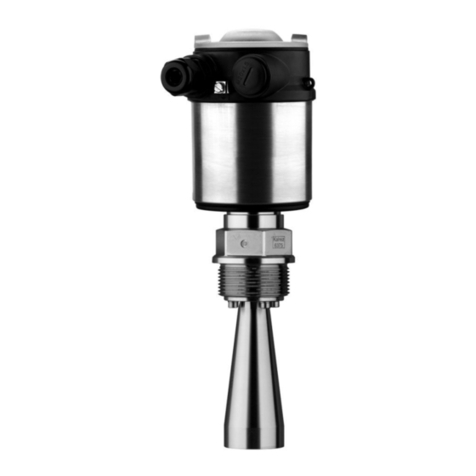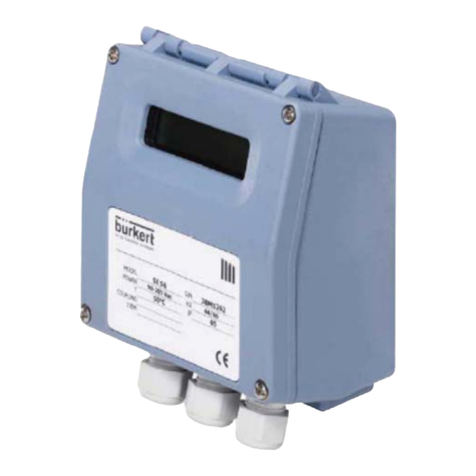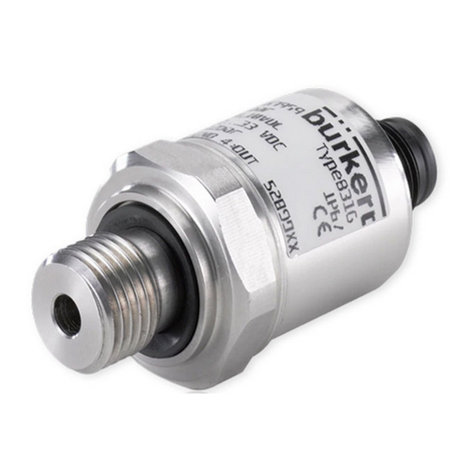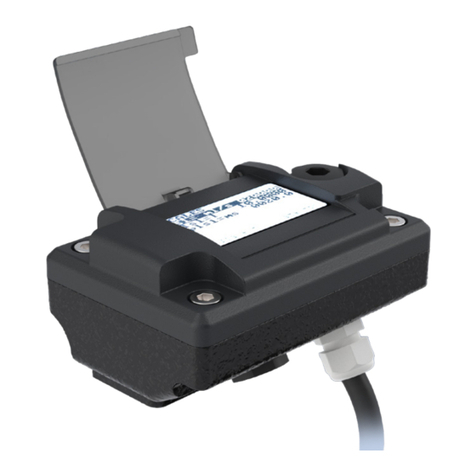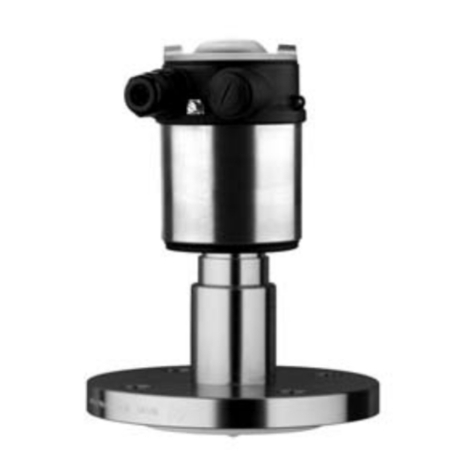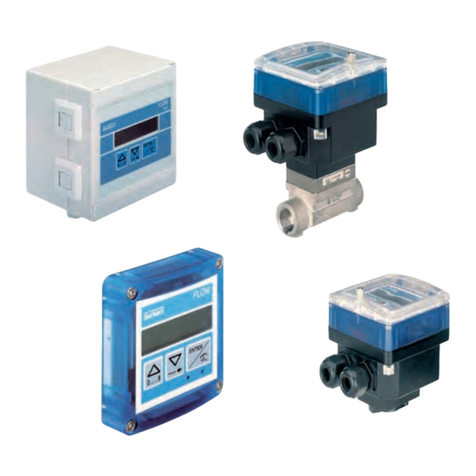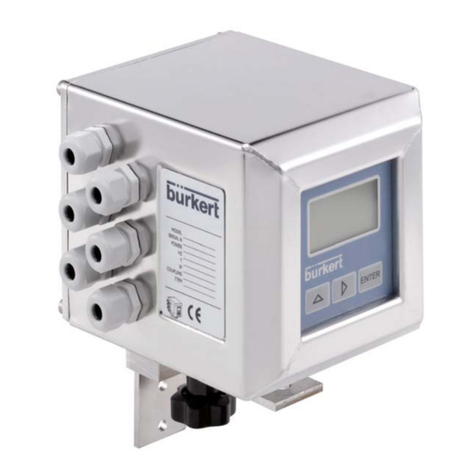1
1 OPERATING INSTRUCTIONS ........................................................................................................................................................3
1.1 Symbols used ..........................................................................................................................................................................3
1.2 Definition of the term "device" ........................................................................................................................................3
2 INTENDED USE ....................................................................................................................................................................................4
3 BASIC SAFETY INSTRUCTIONS .................................................................................................................................................5
4 GENERAL INFORMATION ................................................................................................................................................................6
4.1 Contact ........................................................................................................................................................................................6
4.2 Warranty conditions ..............................................................................................................................................................6
4.3 Information on the Internet ...............................................................................................................................................6
5 DESCRIPTION .......................................................................................................................................................................................7
5.1 General description ..............................................................................................................................................................7
5.2 Combined sensor ..................................................................................................................................................................7
5.3 Description of the rating plate ........................................................................................................................................8
6 TECHNICAL DATA ................................................................................................................................................................................9
6.1 Conformity to standards and directives ....................................................................................................................9
6.1.1 UL certification ..................................................................................................................................................9
6.2 Operating conditions ...........................................................................................................................................................9
6.3 Mechanical data ...................................................................................................................................................................10
6.4 Electrical data .......................................................................................................................................................................10
7 INSTALLATION AND COMMISSIONING ...............................................................................................................................11
7.1 Wiring a version with cable gland ..............................................................................................................................11
7.1.1 Using the device as a flow transmitter ..........................................................................................11
7.1.2 Using the device as a pulse divider ...............................................................................................12
7.2 Wiring a version with a 4-pin M12 male connector ..........................................................................................13
7.2.1 Using the device as a flow transmitter ..........................................................................................14
7.2.2 Using the device as a pulse divider ...............................................................................................14
7.3 Mounting the device on a flow sensor ....................................................................................................................16
8 ADJUSTMENT .....................................................................................................................................................................................17
8.1 Display unit .............................................................................................................................................................................17
